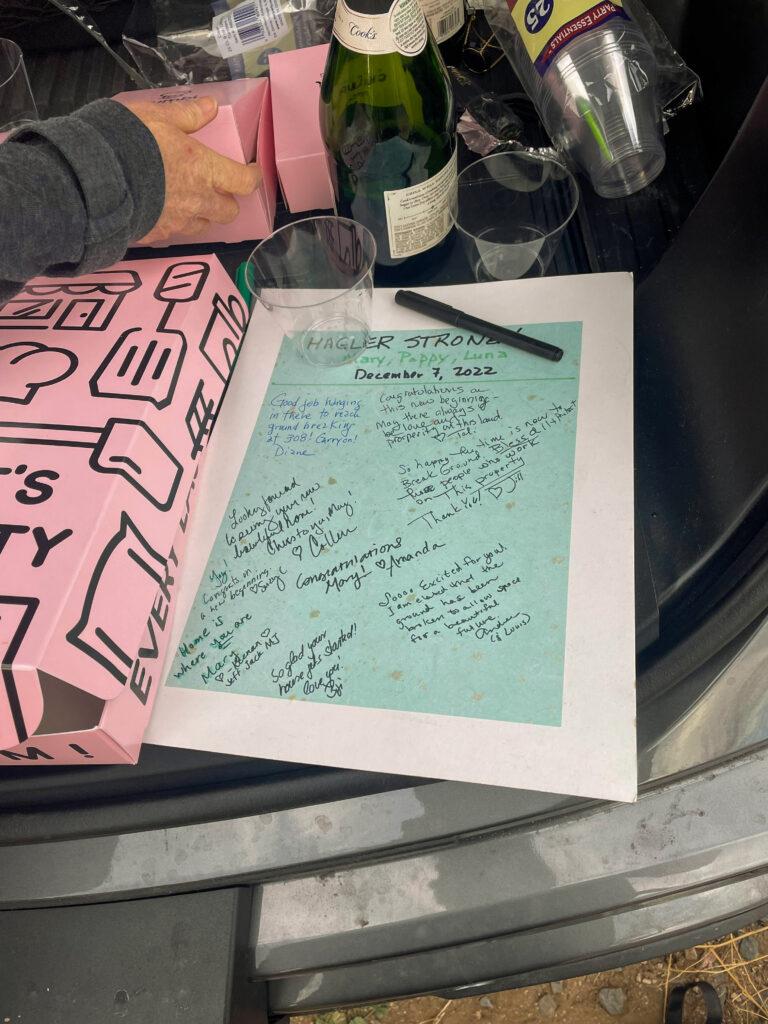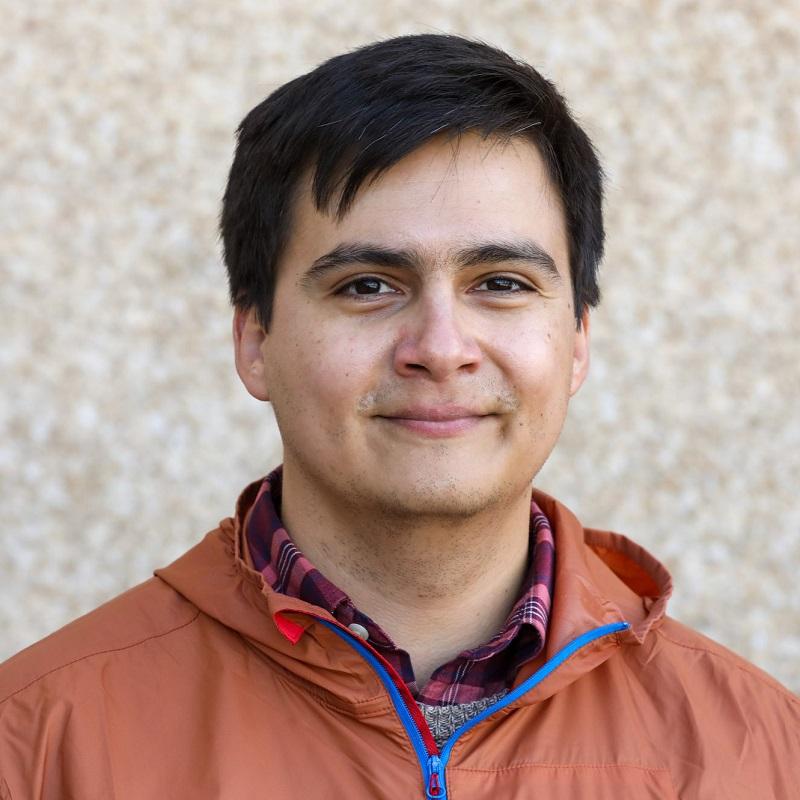
In the center of Superior, away from the half-finished houses and a large shopping mall, a dozen people stood in a dirt lot on a sleepy, gray afternoon in December.
Next to them was a wide, shallow crater where Mary Hagler’s home used to stand. It was one of more than a thousand homes that burned down in the Marshall fire last year, the most destructive in state history.
Open bottles of champagne and large boxes of cookies were laid out on the hood of a pickup truck. Hagler was there, along with her friends, neighbors and colleagues.
The group wasn’t there to mourn. It was there to celebrate.
Months after the wildfire tore through the heart of the town, Hagler was nearly ready to rebuild her home. She had signed a construction contract, hired an architect, approved a design and awaited the permit necessary to start construction.
“I'm just glad things are getting started,” she said, holding on to the leash of her shaggy white dog, Poppy. “I am hopeful now that this has happened.”

The road to rebuilding was long and overwhelming, Hagler said. She had to find a new place to live, clean up the rubble that was left behind and apply for emergency aid. She reviewed her insurance policy often, as well as over a hundred pages detailing what she lost in the fire.
“It's not necessarily anything that I would want to learn about,” she said.
In February, she called Steven Walsh, an architect living in Boulder, and asked if he could help rebuild her home.
At first, Hagler didn’t mention her home had burned down in the Marshall fire, Walsh said. When she did, he signed on to design and construct her new home.

“This is really the first chance I've had to give back and in such a meaningful way directly with somebody who suffered a loss,” Walsh said. “It’s become a real labor of love.”
His firm is rebuilding three other homes in the neighborhood, he said, including one for Bob McCool and his wife Daryl, who have lived in Superior since 1997.
“People don't turn over — or hadn't turned over — in this neighborhood very much,” Bob McCool said. “The houses never went up for sale and nobody ever moved because it was just a great little place to be.”
Hagler and McCool found temporary places to live near their neighborhood after the fire. They returned to their home’s remains regularly. They were there to witness the recovery and relief efforts, the survey and inspection officials — and property developers looking to buy and build on now-empty lots.
McCool, now an elected trustee for Superior, said his focus was on making sure the town’s residents received their building permits, including Hagler.
“This is the first rebuild of a neighbor bringing their house back up,” McCool said. “It’s really exciting.”
Hagler’s new house would look similar to the one she moved into 22 years ago, Walsh said. It’s designed to use less energy, be easier to move through and be “lower maintenance” overall, he said.

It will probably be finished in less than a year, Hagler said.
During the December celebration, Hagler and her friends toasted the hard work they had finished, as well as the challenges ahead of them. They took turns using a golden shovel to toss dirt into the site of her former — and future — home.
“I have some wonderful friends, and each and every one of them have helped me out throughout this process,” Hagler said.
More coverage of the Marshall fire, one year later:
- Meet the first homeowner to rebuild and move back after the Marshall fire
- Sheriff’s office says the Marshall fire investigation could be completed in early 2023
- ‘Dirt doesn’t burn’: Why some Marshall fire victims are rebuilding their homes with earthen blocks
- This climate-friendly house for Marshall fire victims isn’t a luxury home
- The Marshall Fire incinerated Will Scherer’s beloved Louisville violin shop. With residents’ help, he’s now reopening








